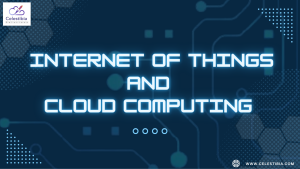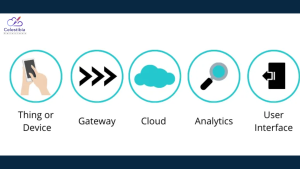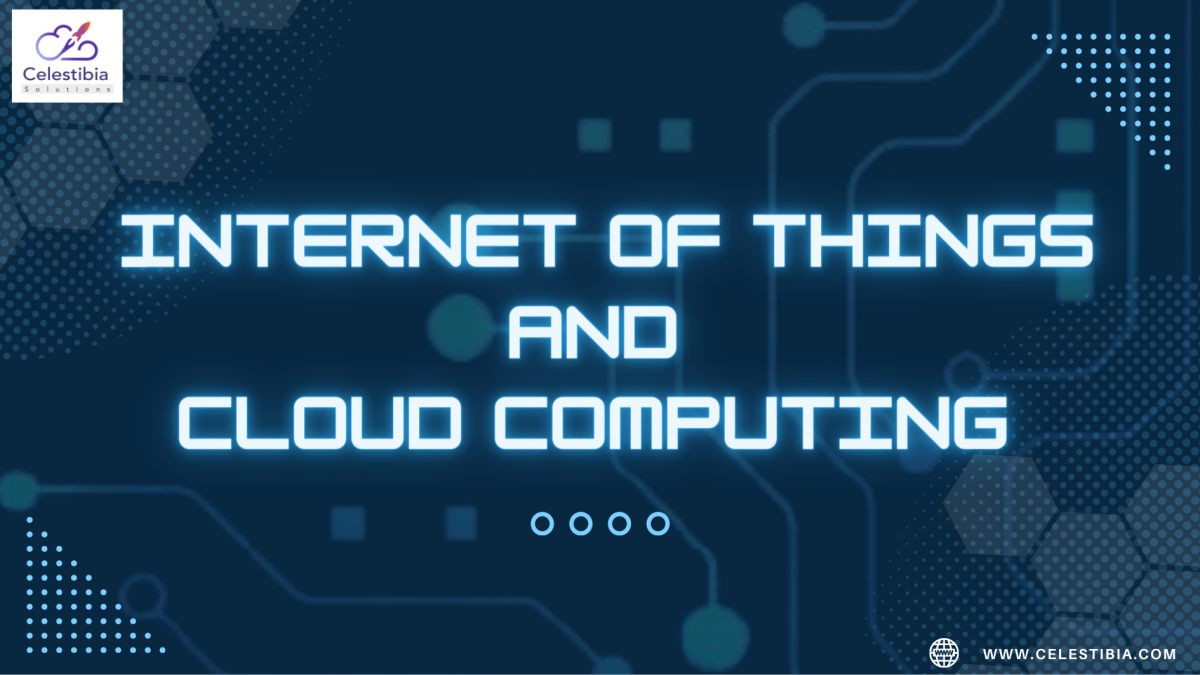The Internet of Things (IoT) and cloud computing are two rapidly growing technologies that are transforming the way we interact with the digital world. The IoT refers to a network of connected devices and sensors that can collect and transmit data, while cloud computing allows for the storage and processing of large amounts of data in a remote server.

Together, these technologies have the potential to revolutionize the way we live and work. In this article, we will explore the benefits and challenges of IoT and cloud computing, and discuss how they are working together to create a more connected world.
Benefits of IoT and Cloud Computing
- mproved data collection and analysis
- Automation of processes and enhanced efficiency
- Real-time data processing and decision-making
- Personalized and effective services
- Enhanced productivity and profitability
- Cost savings and environmental sustainability
The benefits of IoT and cloud computing are numerous and diverse. One of the primary advantages of IoT is its ability to collect and transmit data from a wide range of sources. This can be used to improve decision-making, automate processes, and enhance efficiency across a variety of industries.
Cloud computing, on the other hand, allows for the storage and processing of this data on a massive scale. This means that businesses and organizations can access and analyze large amounts of data in real-time, enabling them to make informed decisions more quickly and effectively.
Together, IoT and cloud computing can create a powerful combination that can transform entire industries. For example, in healthcare, IoT devices can be used to monitor patients remotely, while cloud computing can be used to store and process this data, enabling doctors and other healthcare professionals to provide more personalized and effective care.
In manufacturing, IoT sensors can be used to monitor equipment and improve production processes, while cloud computing can be used to analyze this data and identify areas for improvement. In agriculture, IoT sensors can be used to monitor soil moisture levels and temperature, while cloud computing can be used to analyze this data and provide recommendations for optimal crop growth.
Challenges of IoT and Cloud Computing
- Data security and privacy
- Interoperability issues
- Management of large amounts of data
- Technical complexity and skillset requirements
- Legal and regulatory compliance
Despite their many benefits, IoT and cloud computing also present a number of challenges. One of the biggest challenges is the sheer amount of data that is generated by IoT devices. This data must be collected, stored, and processed in a way that is both secure and efficient.

Another challenge is the need for interoperability between different IoT devices and platforms. With so many different devices and platforms available, it can be difficult to ensure that they all work together seamlessly. This requires the development of standards and protocols that allow different devices to communicate with one another.
Finally, there is the challenge of data privacy and security. With so much sensitive data being collected and transmitted, it is essential to ensure that this data is protected from unauthorized access and use.
Future of IoT and Cloud Computing
- Increasing adoption and integration
- Advancements in AI and machine learning
- Development of 5G networks
- Emergence of edge computing
- Growth of smart devices and applications
Conclusion
IoT and cloud computing are two technologies that are rapidly transforming the way we live and work. By enabling the collection, storage, and processing of large amounts of data, these technologies have the potential to revolutionize entire industries.
However, they also present a number of challenges, including the need for data security and privacy, interoperability, and the management of large amounts of data. By addressing these challenges, we can create a more connected and efficient world that benefits everyone.

